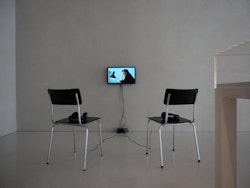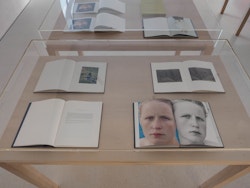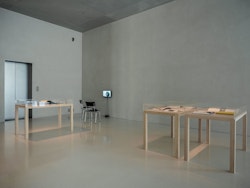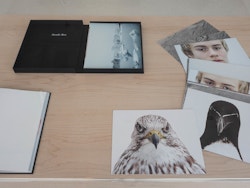Roni Horn in Place and Self
15 September 2022—14 August 2023
Group exhibition at Kolumba, Cologne, Germany
“making being here enough” was what the American artist Roni Horn called the work that we have selected as the point of departure and title of our annual exhibition. In this exhibition we investigate the relationship between place and self with the help of works of art. How do we relate to ourselves – consciously or subconsciously – at particular places and what do these places do to us? How do we deal with locations that are inaccessible to us? Do such sites enter into our imagination? At the moment we leave places, have they not already been lost? What happens to them when, following their demise, they are overlaid by new stories? Kolumba itself is the starting-point for these questions, making visible its 2000 years of (built) history and multiple reformulations – notably, from church and cemetery to museum and garden.
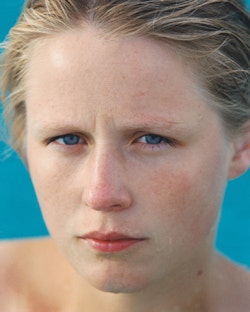
The pithy quotation captures an ideal: the longing for the here and now, a place without a specific narrative, concept or conventions. The opposite pole is a fundamental principle of the philosophy of antiquity, “Great is the power of memory that resides in places” (Cicero). For what would European culture be without its places and hubs? They stand for historical epochs and offer a stage for meaningful narratives, shaping images of the world, creating trends, giving wings to the imagination and anchoring the identity of their inhabitants. And yet these places do not exist just by themselves: they receive their impetus from the deliberate attribution of particular significance, while their continuity depends on a constant updating of their traditions. It was not until Christianity became a state religion in the 4th century AD that the historical sites where the holy story unfolded had to be specifically marked to put collective memory on a sound footing. Each subsequent foundation of a place became inserted into the sequence of this narrative, thus contributing to a tradition of religio (bonding to the sacred). Legitimated prototypes are Jerusalem – through the life and death of Jesus Christ – and Rome, being the city of the first martyrs. Furthermore, the “discovery” of the individual in the Late Middle Ages, along with so-called mysticism, while not leading to the complete abrogation of a location as such, nonetheless can be conjured up at any time by way of prayer and meditation and multiply in people. The self becomes a place in its own right.
Such considerations might seem to be at a far remove from the present day. And yet it is these manifold activities aimed at profiling and configurating places that are the foundation of our emotional topography. This is shaped by the radical changes in the relationship between place and the self that began with the migration flows of the 19th century: the experience of leaving a place in order to arrive at another is in the first instance one of “displacement”, of “dis-location”. The loss of secure social, political and cultural connections is the existential ordeal of millions of people, especially in our times. Nowadays, many different cultural orientations and heritages are superimposed and interwoven at a place – culture is not uniform, but polyphonic, a meeting point for many collective memories and commemorative communities. What does this mean for us and our places? What kind of narratives and concepts are linked to them and how do these connections come about? What privileges are enjoyed by those who belong to the majority and which places do we ourselves allocate to “the others”? How important is it to be “here” and what does “here” imply in any case? Taking these and similar questions to heart, we have realized an exhibition that has been created to a considerable extent in close collaboration with the artists.
